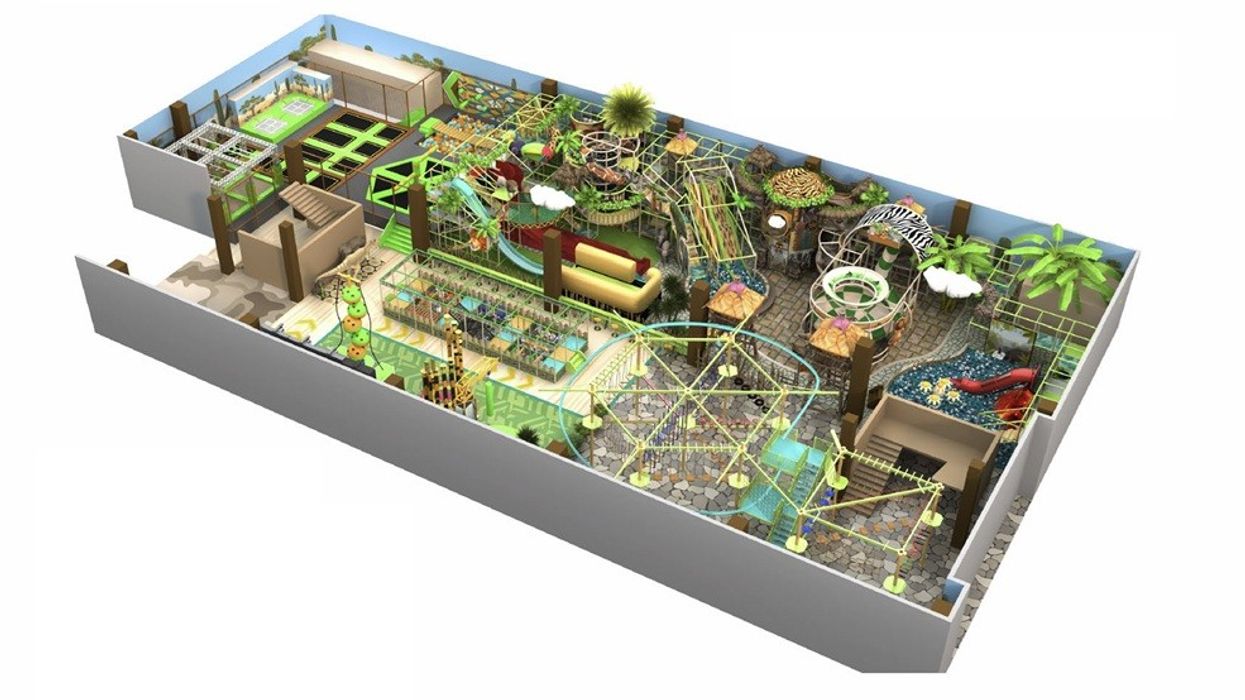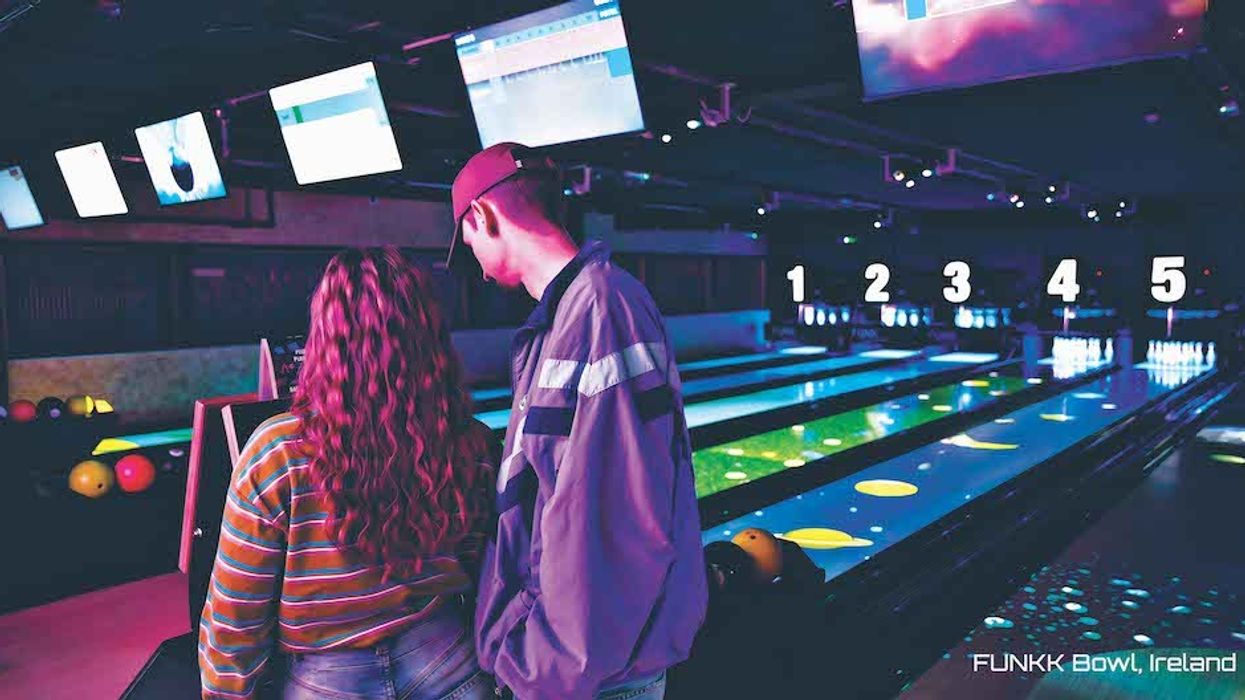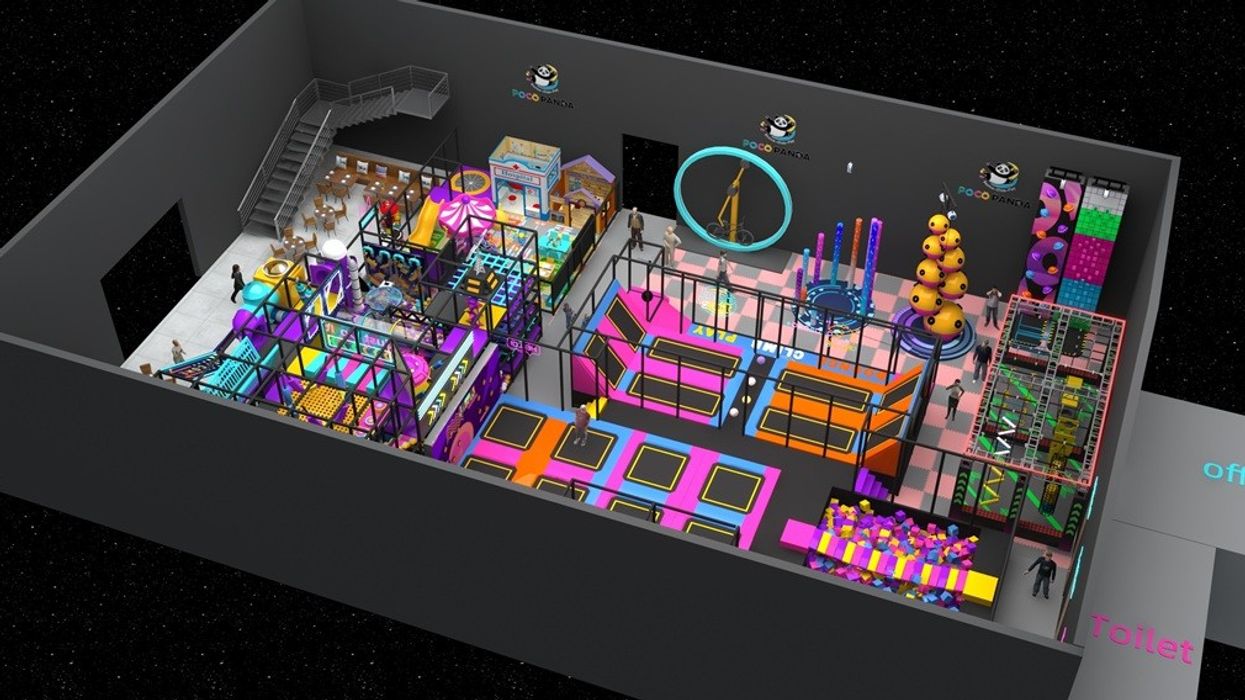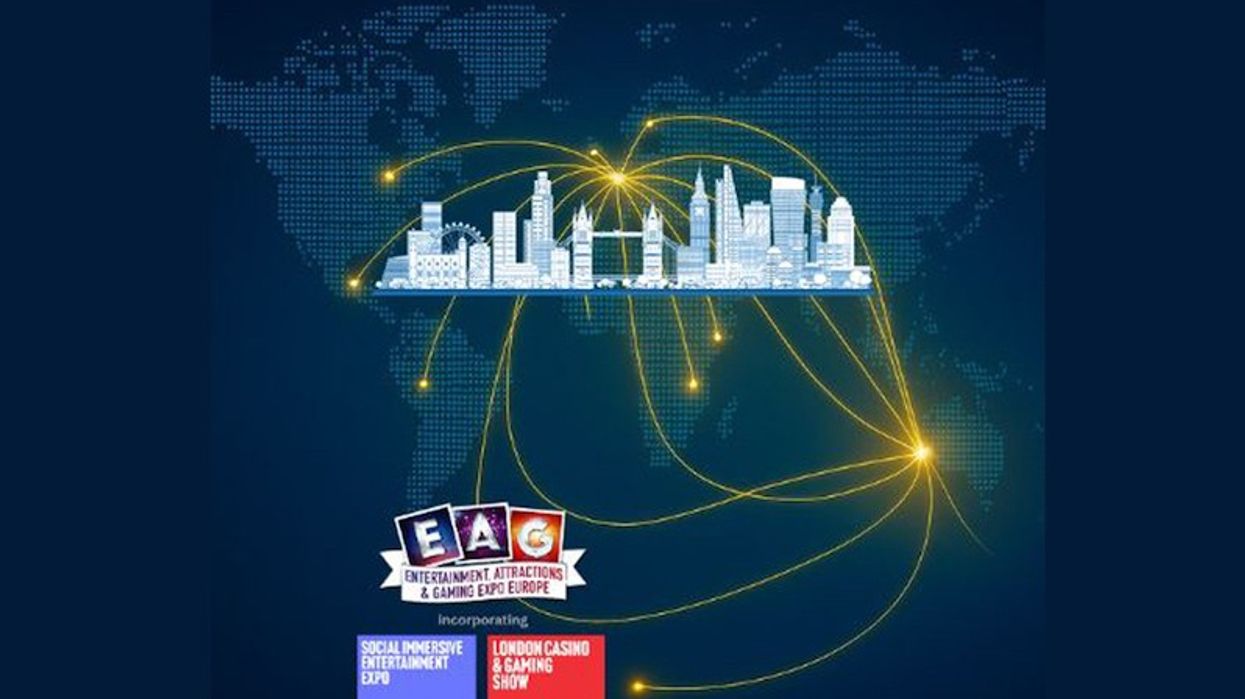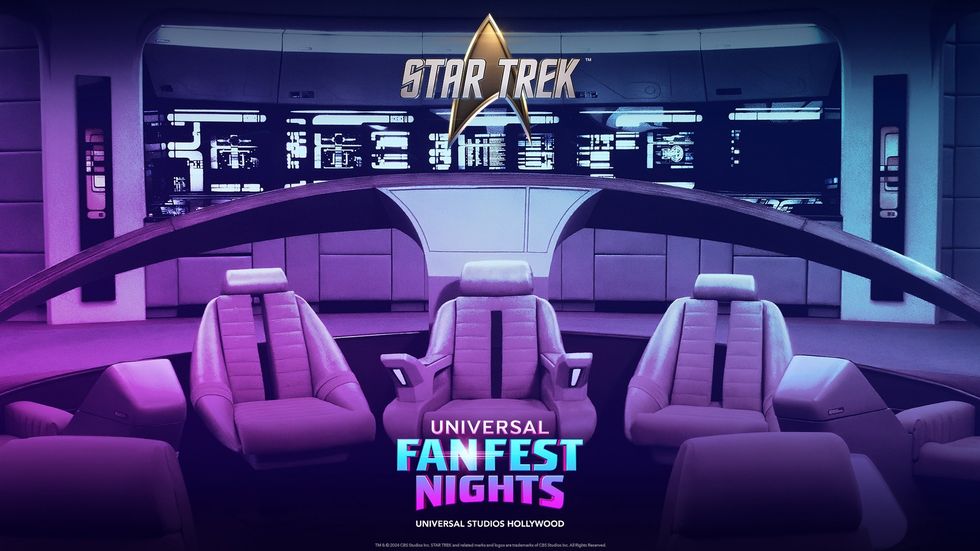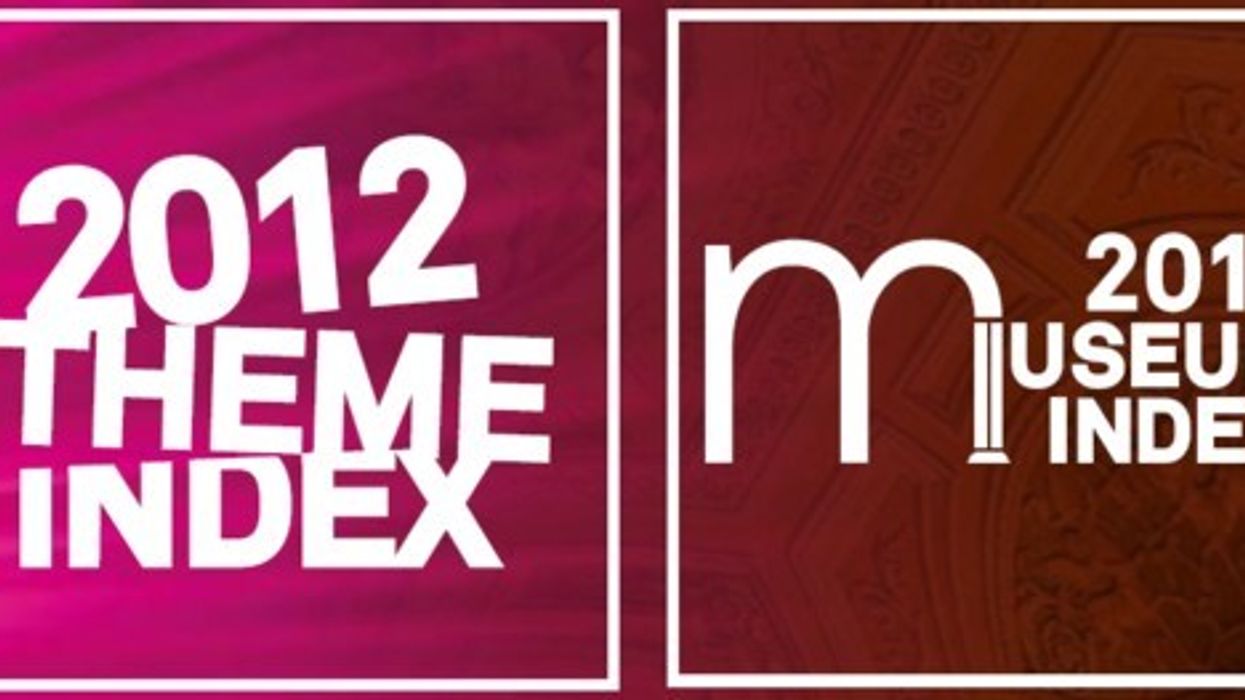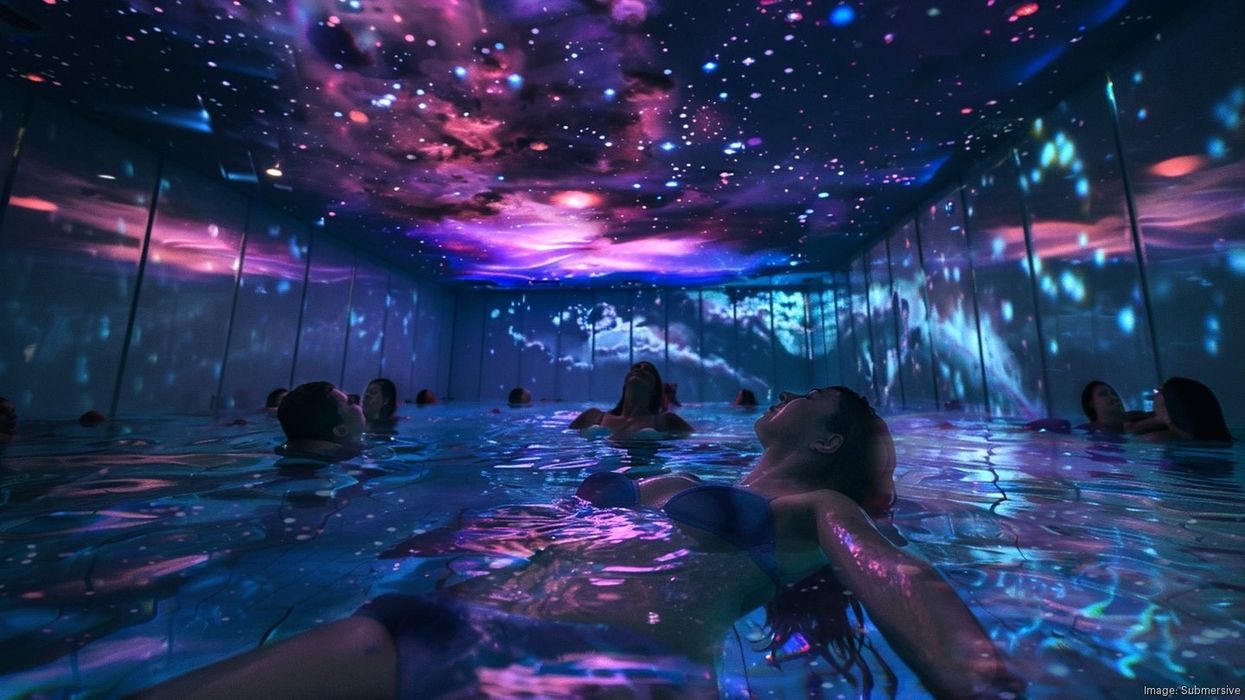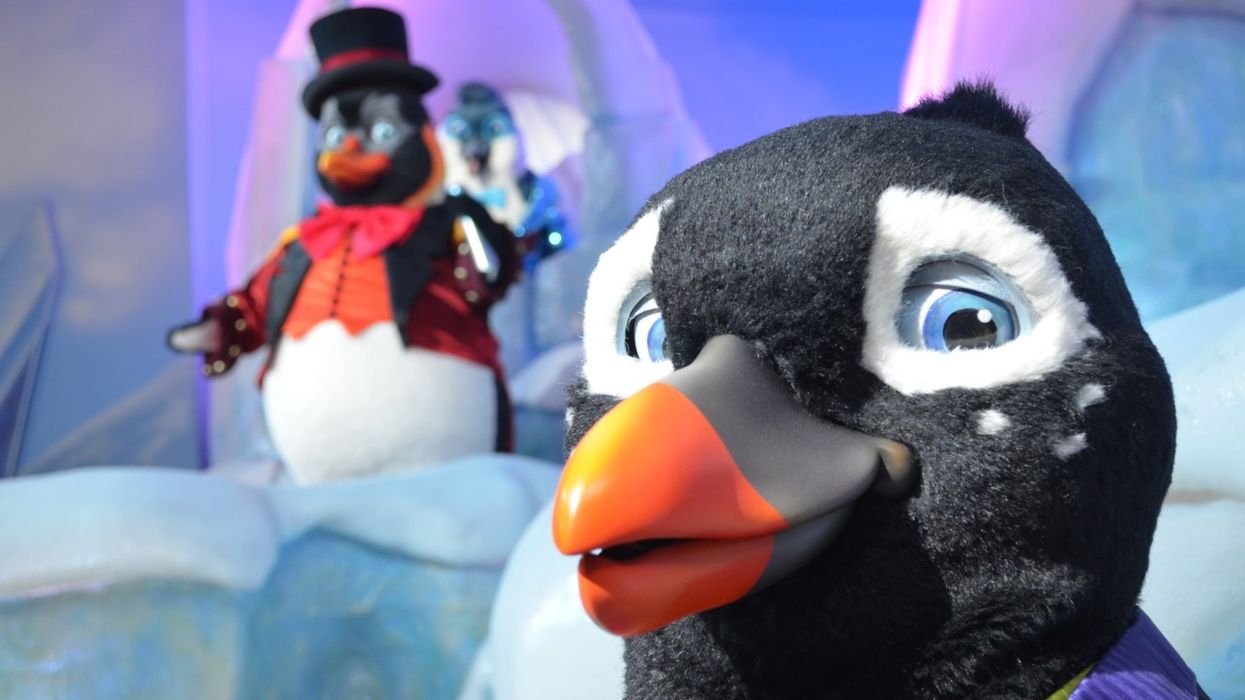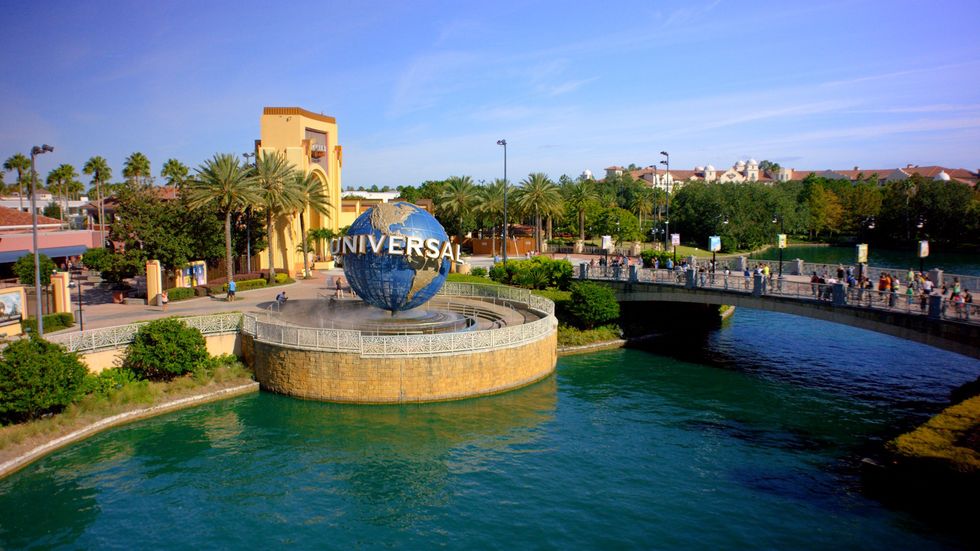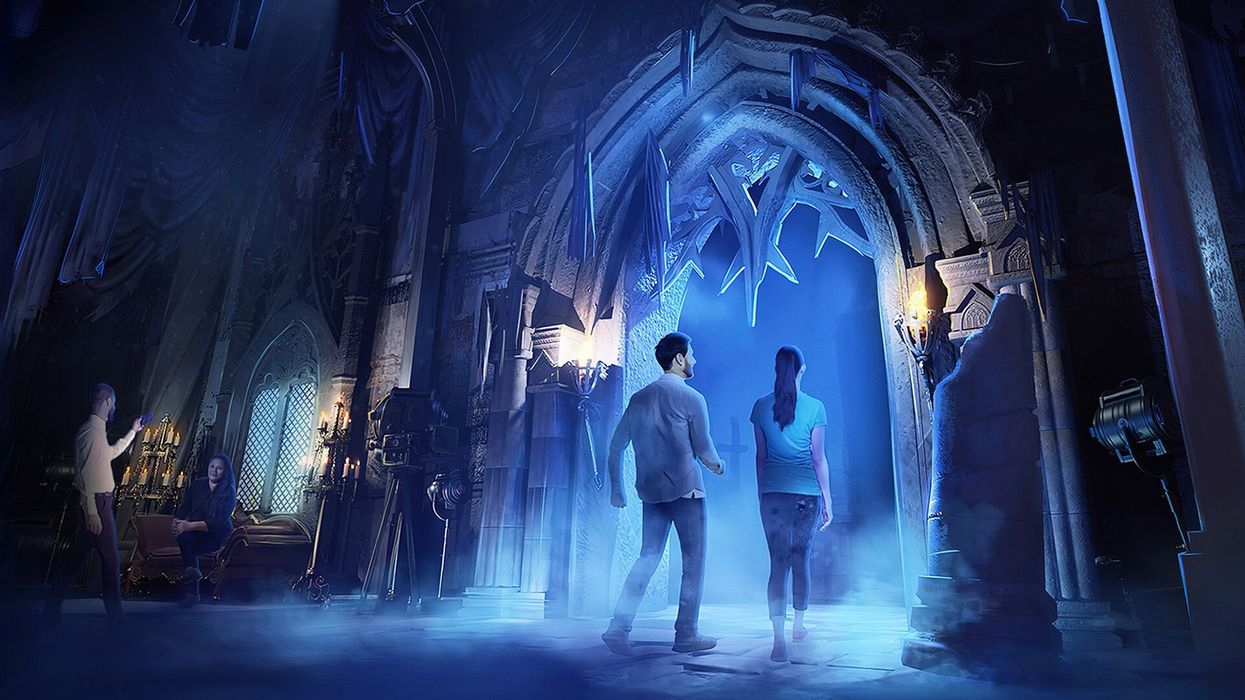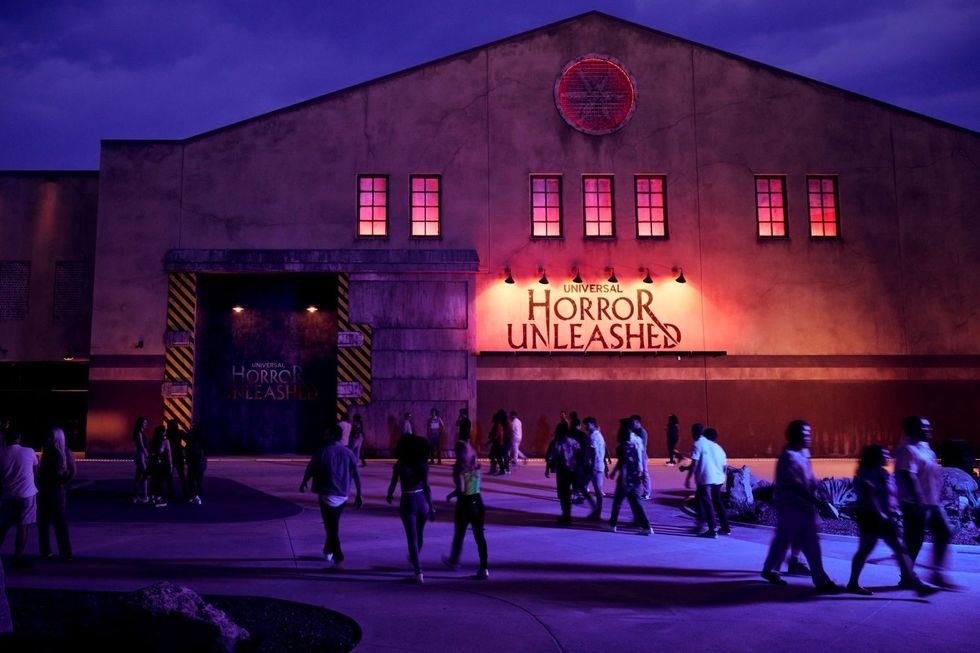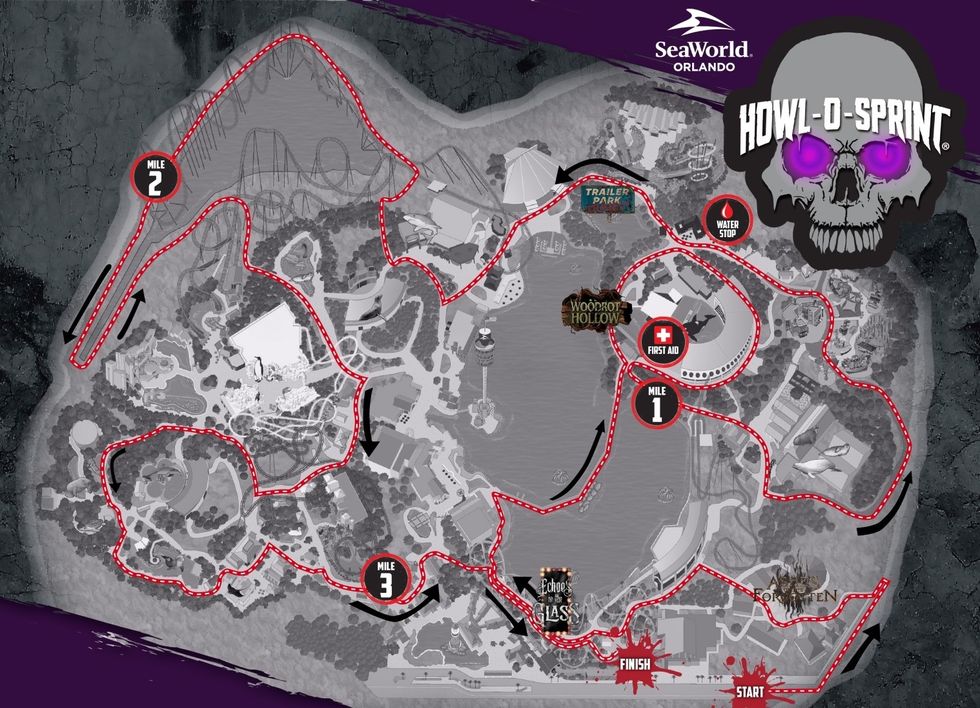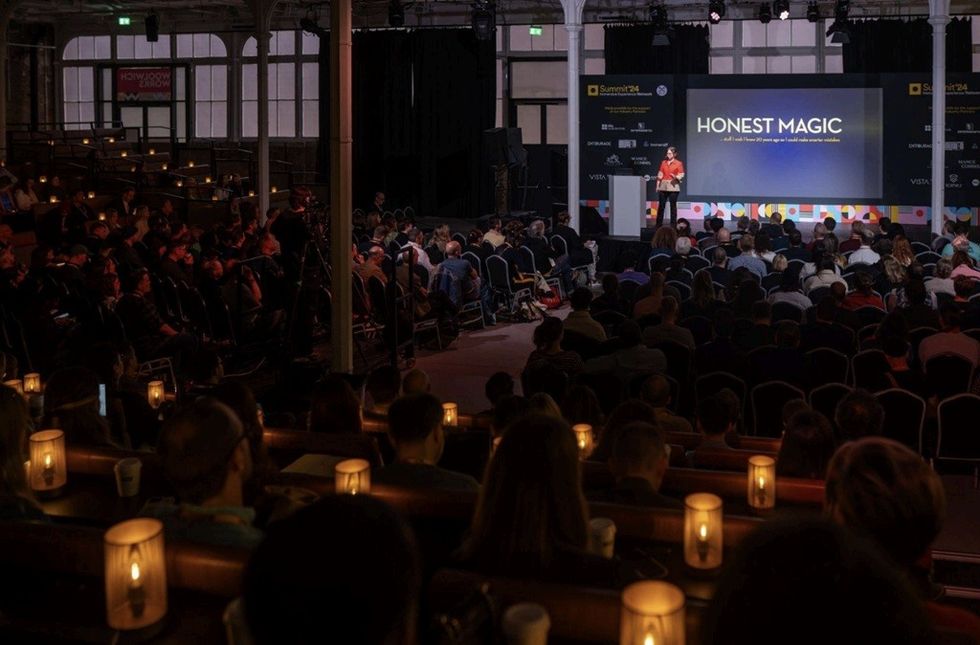Dream Garden, a leading manufacturer of playground equipment, shares insights into the myriad of factors that can impact the overall cost of an indoor playground.
Whether designing, constructing, or operating an indoor playground, understanding these variables can be vital to budgeting and decision-making.
Key considerations
Venue height
The venue's height significantly affects the cost of an indoor playground. A taller venue allows the construction of larger, multilevel structures that can include elements such as higher slides, elevated playhouses, or taller climbing features.
Yet, bigger, more complicated structures can be significantly more expensive due to higher material and labour costs.
Higher structures also require additional safety measures, such as higher safety railings, increased floor cushioning, and safety netting. These additions increase the overall cost.

Product structure
Another important consideration is the playground's structure.
Basic structures, for example, a simple playhouse or climbing frame, will generally be more affordable. These structures are easier to produce, with lower manufacturing costs and faster installation that needs fewer resources.
Meanwhile, bespoke equipment, such as themed playhouses or complex mazes, can increase costs.
These more specialised structures often require custom parts, extra labour, and longer installation times, all of which lead to bigger budgets.

Additionally, popular features like interactive digital games can be expensive. The technology required for these games can be costly, and they require specialised installation and maintenance.
Above all, quality and safety standards play a significant role in determining costs.
Top-tier equipment often offers enhanced safety, durability, and play options, but it comes at a higher price. Choosing equipment that meets rigorous safety standards, while more costly, is also a vital consideration for ensuring children's safety.
Transportation
Delivery costs can also be substantial. This is determined by factors such as the size and weight of playground equipment, the distance between the manufacturer and the venue, and the mode of transportation.
Transporting bulky and heavy equipment is usually more expensive. In addition, if your supplier is in another country or you are in a remote area, shipping prices may rise dramatically.

Another key factor to consider is the logistics of bringing the equipment to the site. Some equipment may need to be disassembled for transportation and then reassembled on-site, which increases labour costs.
Installation costs
Installation charges vary greatly depending on the complexity of your playground.
Installing simple equipment can be inexpensive, whereas complex construction often requires skilled staff and additional time, resulting in higher costs.
Safety surfaces, structural supports, and other components that must be installed with the equipment may add further expense.
Tariffs
When importing playground equipment from another country, it's vital to factor in the cost of tariffs.
Tariffs can vary widely across countries and significantly increase the overall cost of playground equipment. Additionally, understanding and complying with import regulations can often require hiring a customs broker, which is another potential cost.
Import regulations and tariffs can be complicated and challenging to navigate. An import/export specialist or a customs broker can ensure accurate cost estimates and compliance with all relevant regulations.
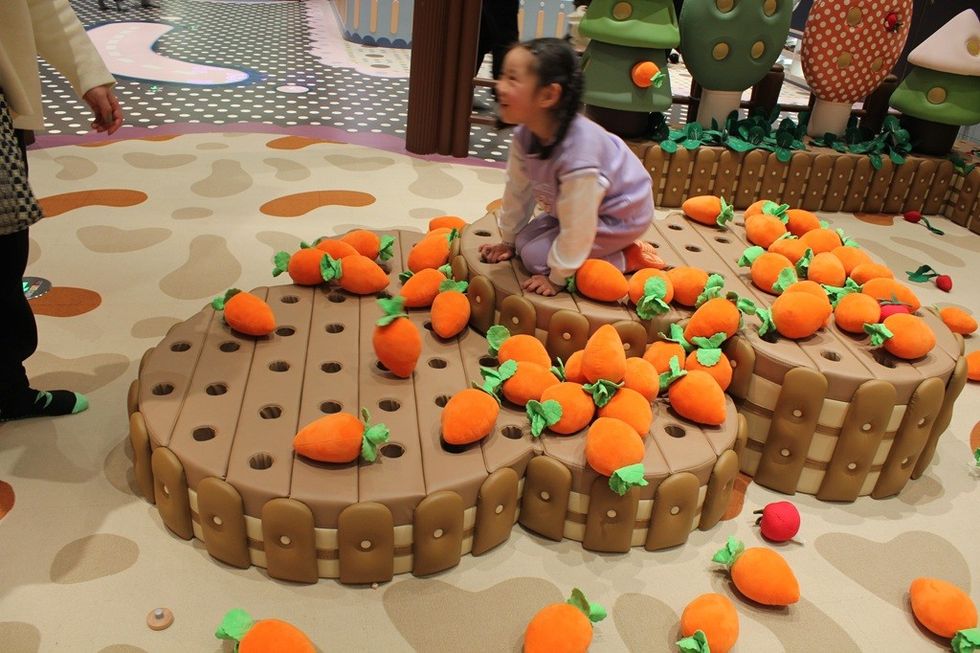
Venue rental
The cost of renting space for an indoor playground can be a significant consideration. This will be determined mainly by the venue's size, location, and local rental rates.
Rental costs in urban locations are often higher due to greater demand for space. However, a position in a high-demand area may attract more visitors, compensating for the higher leasing expenses. In contrast, venues in suburban or rural areas may have lower rental prices but attract fewer visitors.

Demand for space in urban areas means property rental in these locations is more expensive, yet may be offset by the potential to attract more visitors. Conversely, venues in suburban or rural areas may be cheaper to rent, but footfall may be lower.
The condition of the venue is also important. A cheaper venue might need renovations to make it suitable for an indoor playground, which can significantly increase costs.
Operational costs
Ongoing costs may include utilities, staffing, cleaning, maintenance, insurance, and marketing.
Utility expenditure, such as energy, heating, and water, can be high, particularly in larger venues. Lighting, digital games, and other electronics also need substantial power.

Staffing costs are another key operational expense. This covers not only wages, but also benefits, training, and uniforms. Cleaning and maintenance are other essential considerations.
Due to the risk of injuries, insurance for an indoor playground can be expensive, while marketing costs can be significant.
Other factors
Further expenses that may impact the business include permits and licenses, particularly in areas with high regulatory fees. You may also need to pay for inspections to ensure your playground meets all safety standards. Professional fees should also be budgeted for, for example, to hire architects, designers, or consultants.
"In conclusion, the cost of setting up and running an indoor playground can vary greatly based on a wide range of factors," says a spokesperson from Dream Garden.
"It is essential to carefully consider each of these factors and to develop a comprehensive budget that accounts for all potential costs. By doing so, you can ensure that your indoor playground is not only fun and safe for children but is also a profitable business venture.
"The successful creation and operation of an indoor playground requires careful planning, strategic decision-making, and meticulous budget management.
"The more detailed and accurate your budget is, the better equipped you will be to manage costs and ensure the success of your playground."
Earlier this month, Dream Garden announced the launch of Cosmic Planet in Indonesia, a space-themed indoor playground that combines futuristic aesthetics with engaging soft play elements to immerse children and families in a vibrant world.
